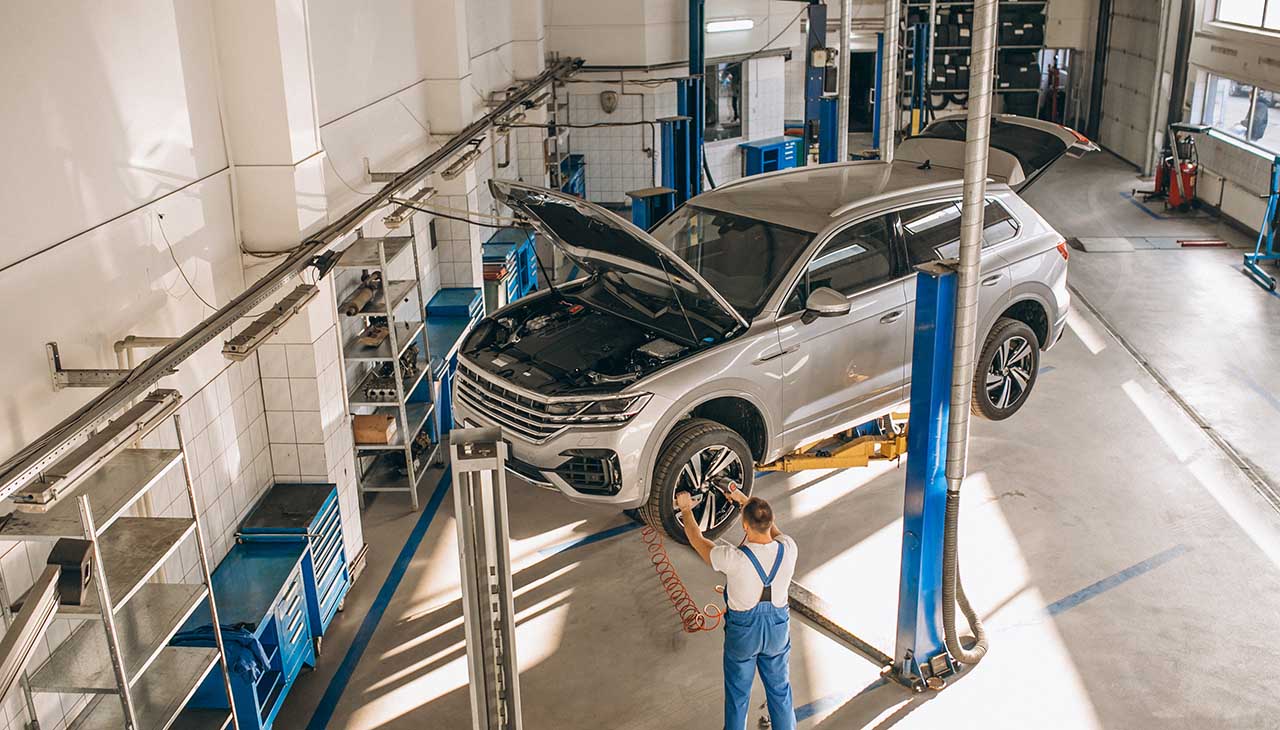Introduction
When it comes to maintaining or upgrading your vehicle, the choice between Original Equipment Manufacturer (OEM) and aftermarket car parts is crucial. But which option is best? This decision can affect your car’s performance, reliability, and even its resale value. Understanding the differences and benefits of each can help you make informed decisions that suit your needs and preferences.
Understanding OEM and Aftermarket Parts
What Are OEM Parts?
OEM parts are made by the vehicle’s original manufacturer or a supplier authorized by the automaker. These parts are designed to match the exact specifications of the parts they replace, ensuring a perfect fit and optimal performance.
What Are Aftermarket Parts?
Aftermarket parts, on the other hand, are produced by third-party manufacturers not affiliated with the original automaker. They are designed to be compatible with your vehicle but may vary in terms of quality, fit, and performance.
Quality, Price, and Availability Comparison
- Quality: OEM parts are generally considered higher quality because they are made to the exact specifications of the original parts. Aftermarket parts can range from high quality to subpar, depending on the manufacturer.
- Price: OEM parts are typically more expensive due to their guaranteed quality and compatibility. Aftermarket parts often cost less, but the price can vary widely.
- Availability: OEM parts can sometimes take longer to source, especially for older models. Aftermarket parts are usually more readily available and offer a wider variety of options.
Benefits of OEM Parts
Ensured Compatibility and Performance
One of the primary advantages of OEM parts is their guaranteed compatibility with your vehicle. Because they are made by the same manufacturer that produced your car, you can be confident that they will fit perfectly and work as intended.
Warranty and Peace of Mind
OEM parts often come with a manufacturer’s warranty, giving you peace of mind in case something goes wrong. This warranty can be invaluable, especially for complex or expensive components.
Long-Term Reliability and Safety
OEM parts are engineered to meet strict standards for durability and safety. Using them can help maintain your vehicle’s reliability and ensure that it meets the safety standards set by the manufacturer.
Advantages of Aftermarket Parts
Cost-Effectiveness and Variety
Aftermarket parts are generally less expensive than OEM parts, making them an attractive option for budget-conscious car owners. Additionally, the aftermarket industry offers a vast selection of parts, giving you more choices in terms of features, materials, and prices.
Customization and Availability for Older Models
Because aftermarket manufacturers aren’t limited by the specifications of the original parts, they can offer a range of customization options that OEM parts can’t match. This is particularly beneficial for car enthusiasts looking to modify their vehicles. Additionally, aftermarket parts can be easier to find for older cars, as OEM parts may no longer be in production.
Considerations for Choosing the Right Parts
Vehicle Age and Warranty Coverage
If your vehicle is still under warranty, using OEM parts may be essential to maintain that coverage. On the other hand, if your car is older, aftermarket parts might offer a more affordable and flexible solution.
Quality Assessment and Expert Recommendations
Regardless of your choice, it’s important to assess the quality of the parts you’re considering. Seek expert recommendations and read reviews to ensure you’re getting a reliable product.
Personal Preferences and Budget Constraints
Ultimately, your decision will depend on your personal preferences and budget. Consider what matters most to you—whether it’s cost, performance, or customization—and choose accordingly.
Case Studies and User Experiences
Real-Life Examples of OEM and Aftermarket Parts
- OEM Success Story: A car owner replaced a failing fuel pump with an OEM part and noticed immediate improvements in performance and fuel efficiency. The peace of mind from the warranty was an added bonus.
- Aftermarket Success Story: A DIY enthusiast wanted to upgrade his car’s braking system for better performance. He opted for high-quality aftermarket brake pads and rotors, achieving superior stopping power at a fraction of the cost of OEM parts.
Drawbacks to Consider
- OEM Drawback: Higher cost can be a deterrent, especially for older vehicles.
- Aftermarket Drawback: Inconsistent quality and potential compatibility issues can pose risks.
Conclusion
Choosing between OEM and aftermarket car parts is a decision that depends on various factors, including budget, vehicle age, and personal preferences. Both options have their unique benefits and drawbacks.

